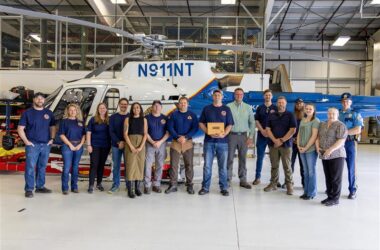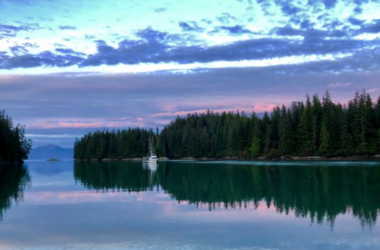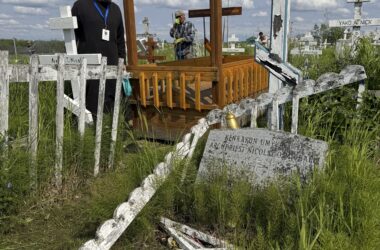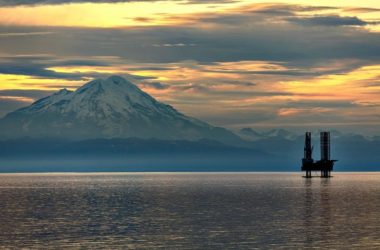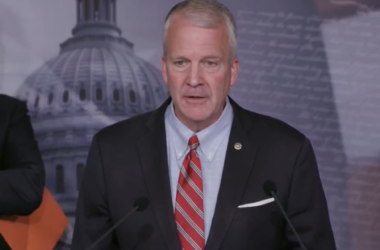Wednesday night’s magnitude 8.2 earthquake was officially Alaska’s largest since 1965. After further analysis, geologists said the earthquake that was centered in the ocean, closest to Perryville and Chignik was at a depth of 28.5 miles, an intermediate-depth earthquake. The Chignik Earthquake, as its now being called, occurred at 10:15 p.m. on Wednesday, July 28th. Because of the offshore location, the National Tsunami Warning Center issued a tsunami warning for much of coastal Alaska. Several communities issued evacuations including Seward, Homer and Kodiak.
Kenai Peninsula Borough Emergency Manager Dan Nelson on how the evacuations panned out in Homer and Seward:
“It really went well. There was some videos posted of the unending line of headlights from somebody up on the hill. The traffic moved. Visitors and residents did the right thing and they were on it. Seward and the same thing. We don’t have a spit, but we definitely have campgrounds and those things that are there by the waterfront. Kind of the same thing, a lot of Seward is down low when we talk about that 50 foot line, most of the businesses kind of in that original town site and the homes are definitely down there. We had folks watching and city folks there in that area. It was very, very orderly. Everything was working well. Folks got out of there, but it sounds like they came out and folks were able to get to the high school or out of town relatively quickly.”
He also said:
“We talked before about some of things happen, these small earthquakes and the sirens go off, but there’s always a reason for it. even though we are able to turn them off and cancel this, people were doing the right thing because the alternative is not good. We take a very, very conservative approach when it comes to this with our partners up at NOAA. Quite frankly, here’s the bottom line, in Alaska we know that tsunami is the one thing that is very likely to kill somebody quickly. We are going to take the action to make sure that people stay safe. That 8.2 last night, if one of those variables would have been different, we might not be having a casual conversation about it today.”
The Alaska Earthquake Center reports that the aftershock rate has been active, so residents may continue to feel shaking. The largest aftershock, so far, was a magnitude 6.1 just minutes after the mainshock. Recorded wave heights were under a foot, however, and the warning was downgraded a couple hours after the event.
More information here.

